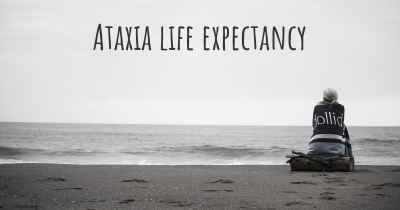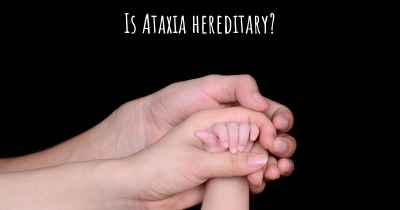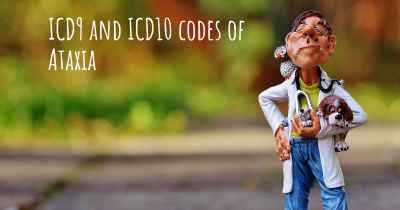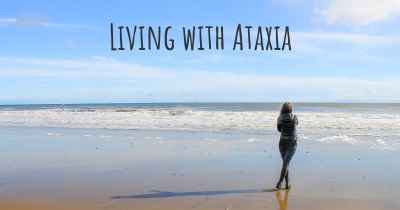Is it advisable to do exercise when affected by Ataxia? Which activities would you suggest and how intense should they be?
See if it is advisable for people with Ataxia to practice sports and which ones are the most recommended if you have Ataxia
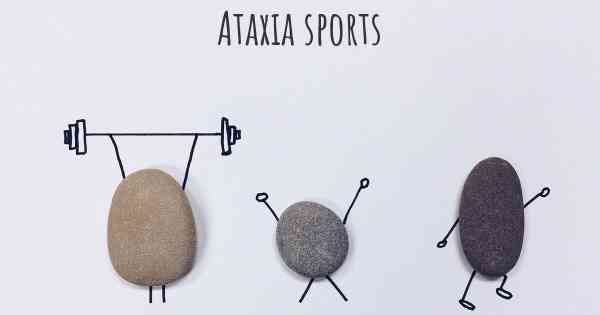
Exercise and Ataxia: Recommendations and Activities
Ataxia is a neurological condition that affects coordination, balance, and movement control. While exercise may not directly treat the underlying cause of ataxia, it can have numerous benefits for individuals with this condition. Engaging in regular physical activity can help improve overall well-being, maintain muscle strength, enhance balance, and manage some of the symptoms associated with ataxia.
Benefits of Exercise for Ataxia
Exercise can provide several advantages for individuals with ataxia:
- Improved Balance: Ataxia often leads to balance issues, making individuals more prone to falls. Certain exercises can help improve balance and stability, reducing the risk of accidents.
- Muscle Strength and Coordination: Regular exercise can help maintain muscle strength and coordination, which are often affected by ataxia. Strengthening exercises can target specific muscle groups and improve overall mobility.
- Enhanced Cardiovascular Health: Engaging in aerobic exercises, such as walking, swimming, or cycling, can improve cardiovascular health and endurance. This can be particularly beneficial for individuals with ataxia, as it may help counteract fatigue and improve overall energy levels.
- Psychological Well-being: Exercise has been shown to have positive effects on mental health, reducing stress, anxiety, and depression. Regular physical activity can contribute to an improved sense of well-being and quality of life.
Recommended Activities
When considering exercise options for individuals with ataxia, it is important to focus on activities that are safe, enjoyable, and tailored to their specific abilities. Here are some recommended activities:
- Balance Exercises: Balance exercises can help improve stability and reduce the risk of falls. Examples include standing on one leg, heel-to-toe walk, or using a balance board. It is essential to perform these exercises under the guidance of a healthcare professional or a qualified therapist.
- Strength Training: Strength training exercises can help maintain muscle strength and coordination. Using resistance bands, light weights, or bodyweight exercises like squats, lunges, and modified push-ups can be beneficial. Start with low resistance and gradually increase as tolerated.
- Flexibility and Stretching: Stretching exercises can help improve flexibility and range of motion. Gentle stretches for major muscle groups, such as the neck, shoulders, arms, legs, and back, can be performed daily. Yoga or tai chi, which combine stretching and balance, may also be beneficial.
- Aerobic Exercises: Low-impact aerobic exercises, such as walking, swimming, or using a stationary bike, can improve cardiovascular health without putting excessive strain on joints. Start with shorter durations and gradually increase as endurance improves.
- Adaptive Sports: Depending on the individual's abilities and interests, adaptive sports such as wheelchair basketball, seated volleyball, or para-cycling can provide opportunities for physical activity and social engagement.
Exercise Intensity
The intensity of exercise for individuals with ataxia should be personalized and based on their overall health, fitness level, and specific limitations. It is crucial to consult with a healthcare professional or a qualified therapist who can provide guidance on appropriate exercise intensity.
Generally, it is recommended to start with low to moderate intensity exercises and gradually progress as tolerated. Pay attention to any signs of fatigue, dizziness, or increased unsteadiness during or after exercise. If these symptoms occur, it is important to rest and modify the exercise routine accordingly.
Remember, consistency is key. Aim for regular exercise sessions, but listen to your body and adjust the intensity or duration as needed. It is always better to start slowly and gradually increase the intensity over time.
Disclaimer: The information provided here is for general guidance and should not replace professional medical advice. Individuals with ataxia should consult their healthcare provider or a qualified therapist before starting any exercise program.
Posted Sep 12, 2017 by KJ 700
Posted Sep 13, 2017 by Brian 1500
